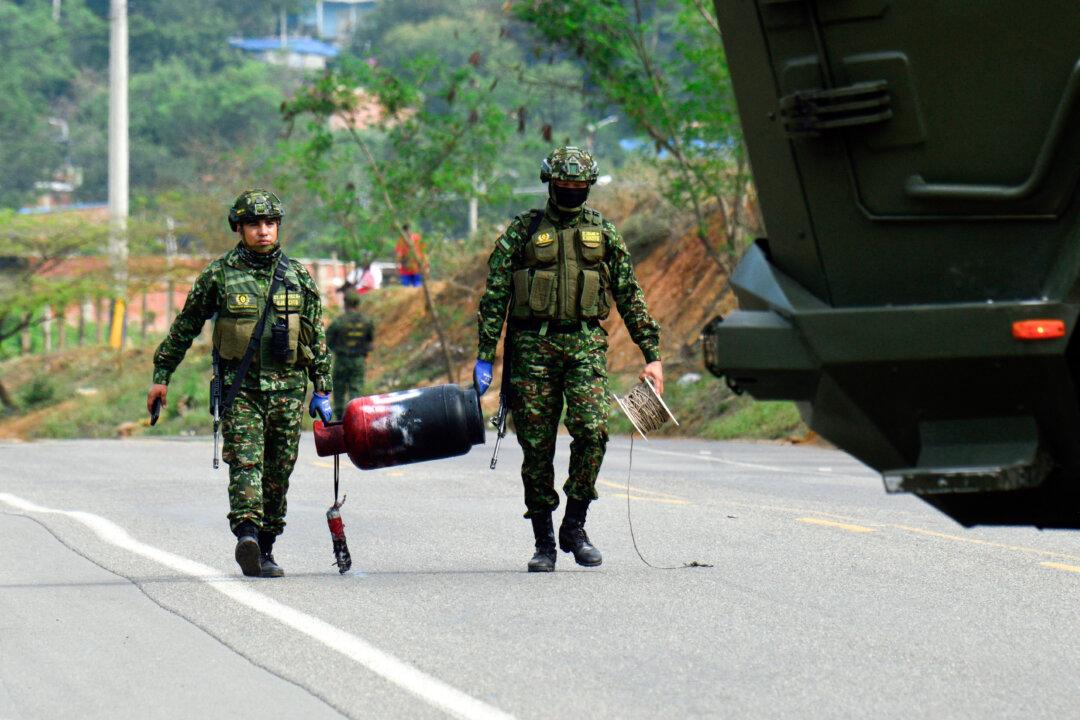Commentary
On May 24, the Wall Street Journal published seven key sets of facts that demonstrate that Wuhan virologists, who claim to have been conducting analyses that would help develop vaccines for a then-non-existent pandemic, might have taken undue risk through gain-of-function research or lax lab safety standards, that sparked the COVID-19 pandemic that killed almost 3.5 million people worldwide, and counting. At the very least, the Wuhan Institute of Virology (WIV) is culpable for omitting crucial data that would help the world determine the virus’s origins.





